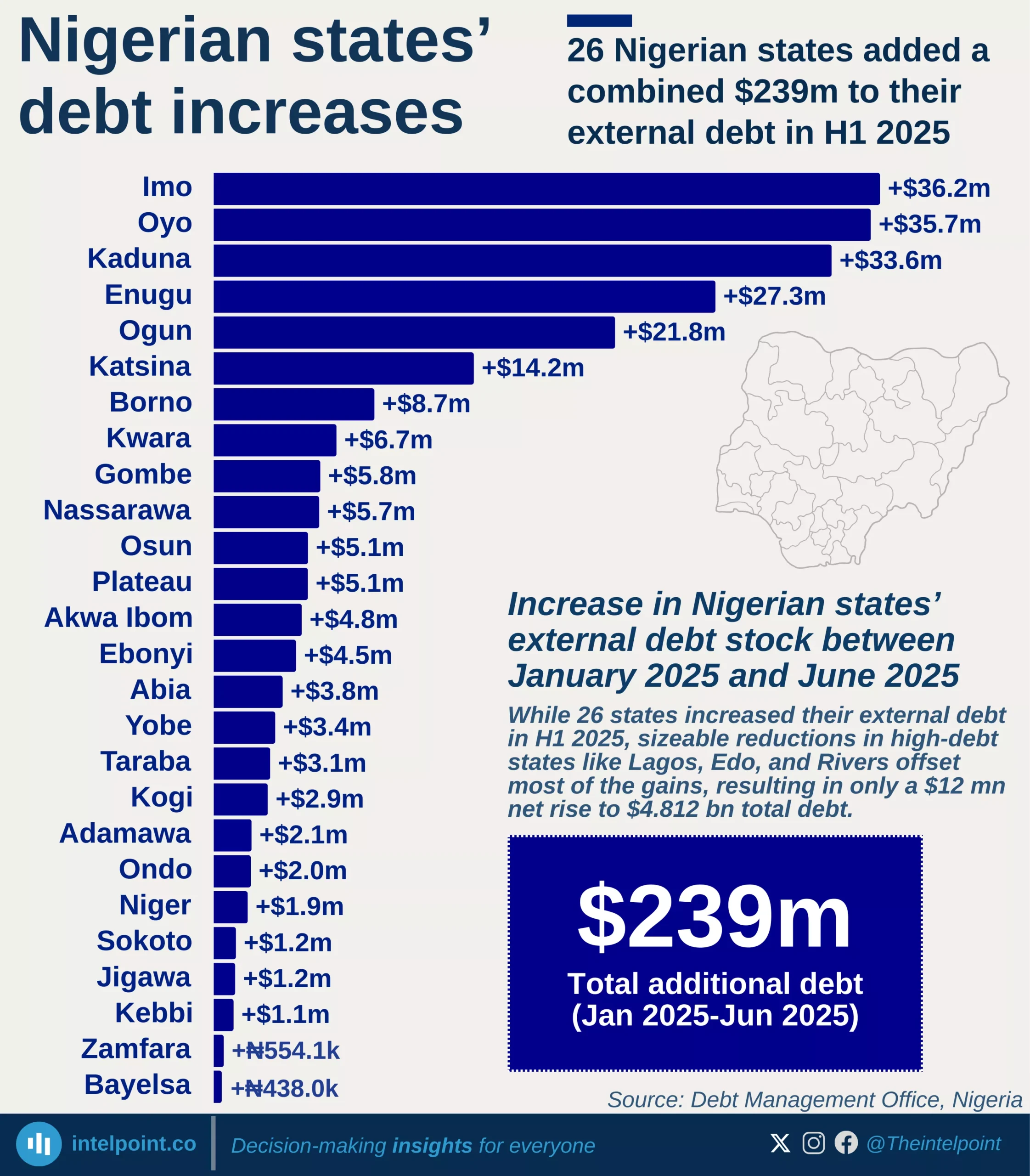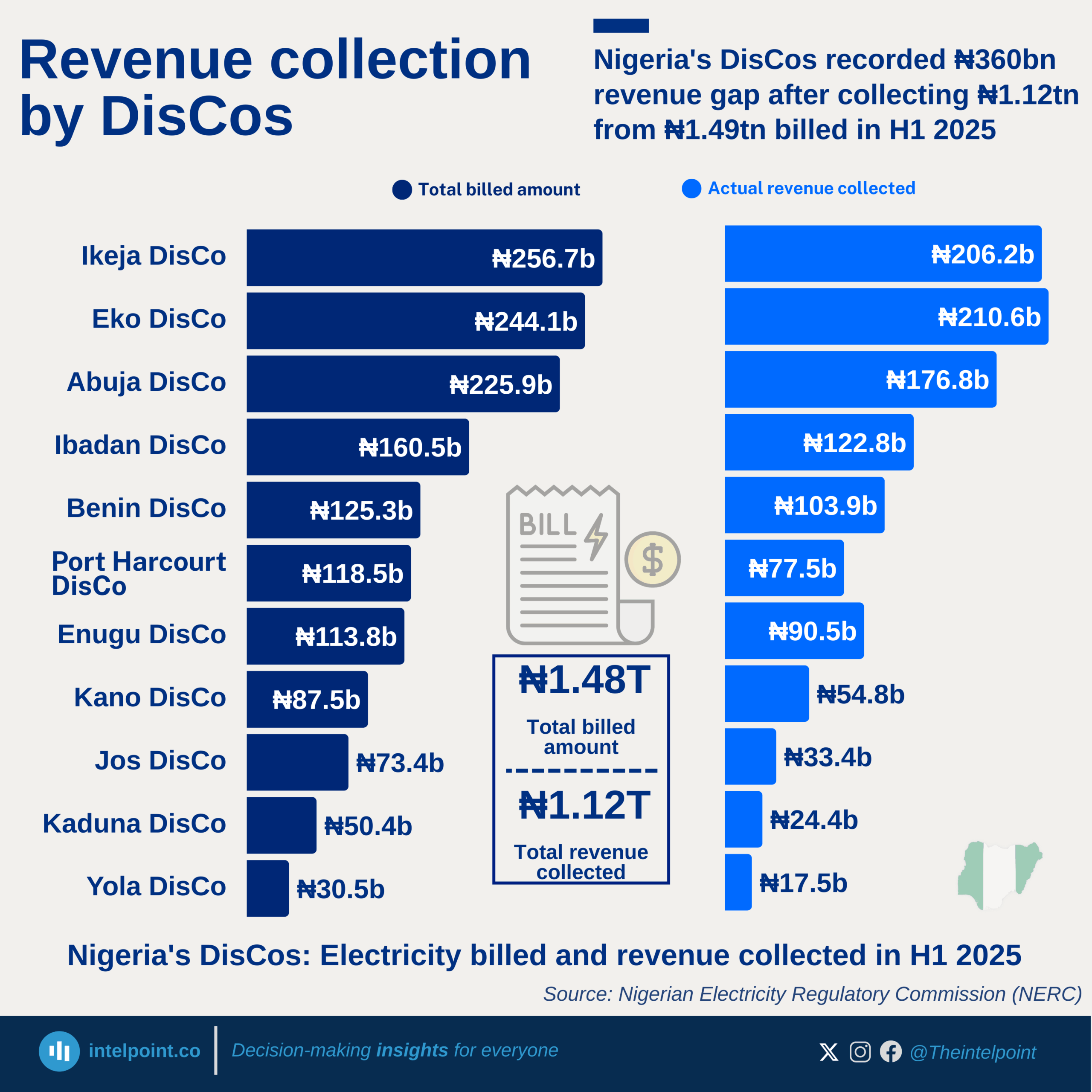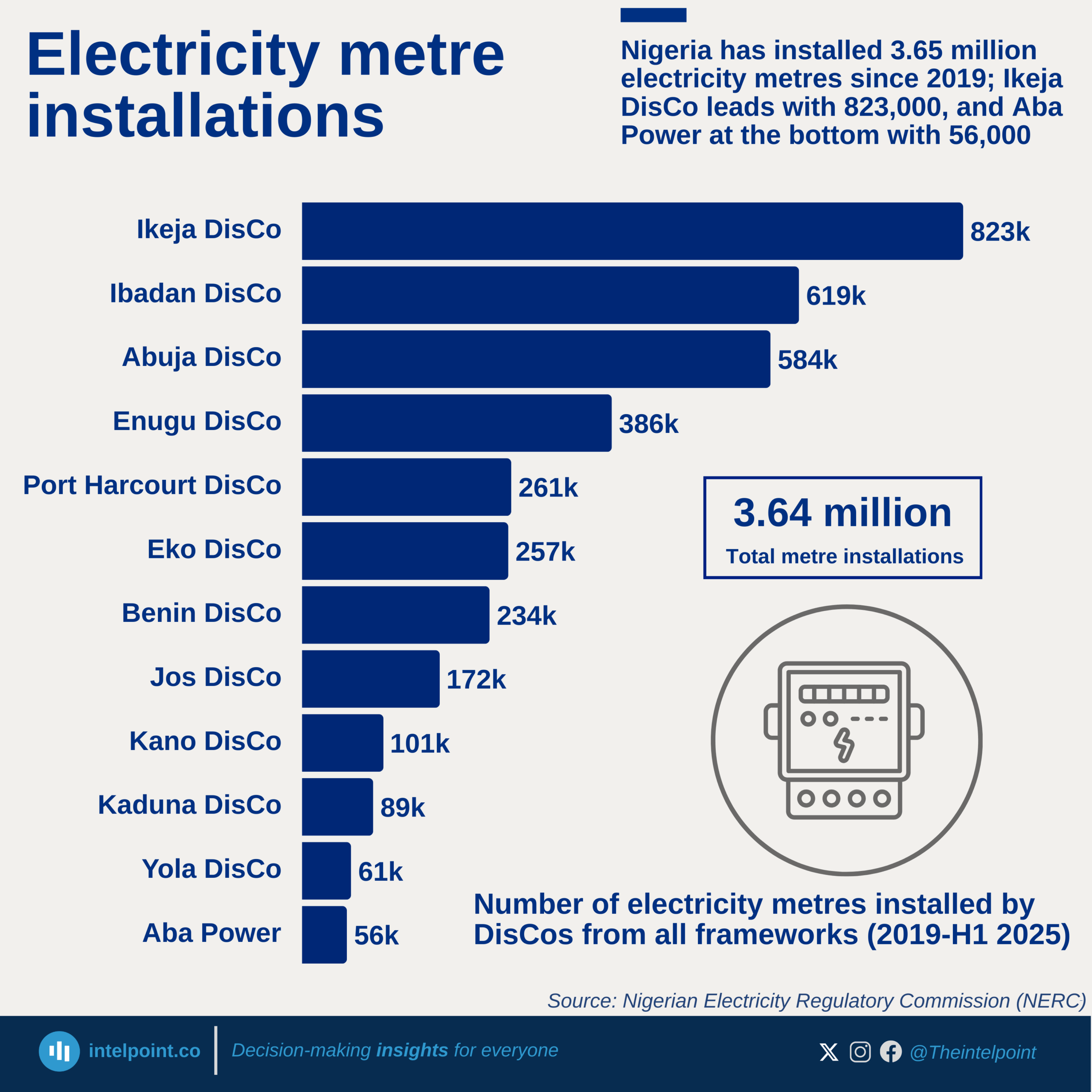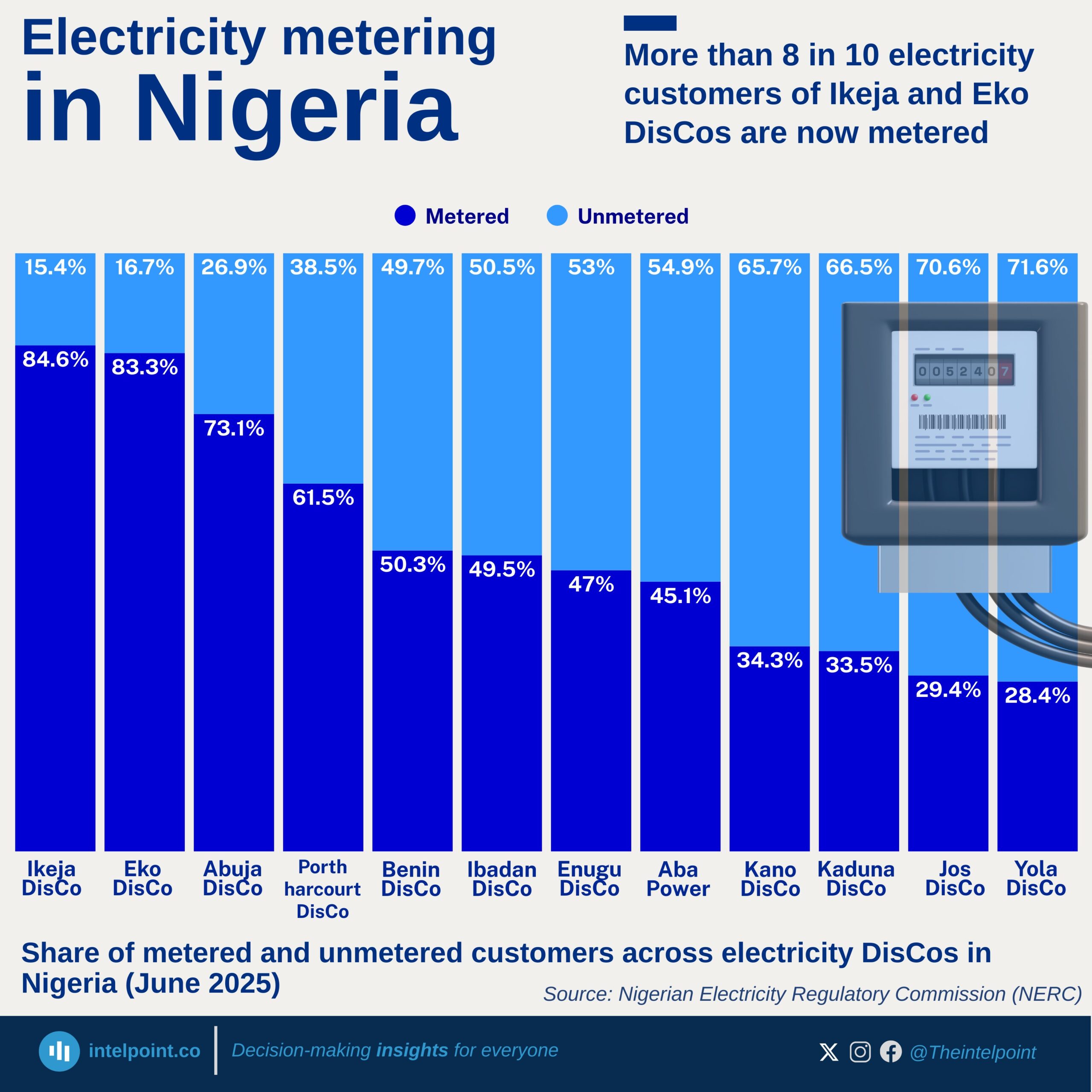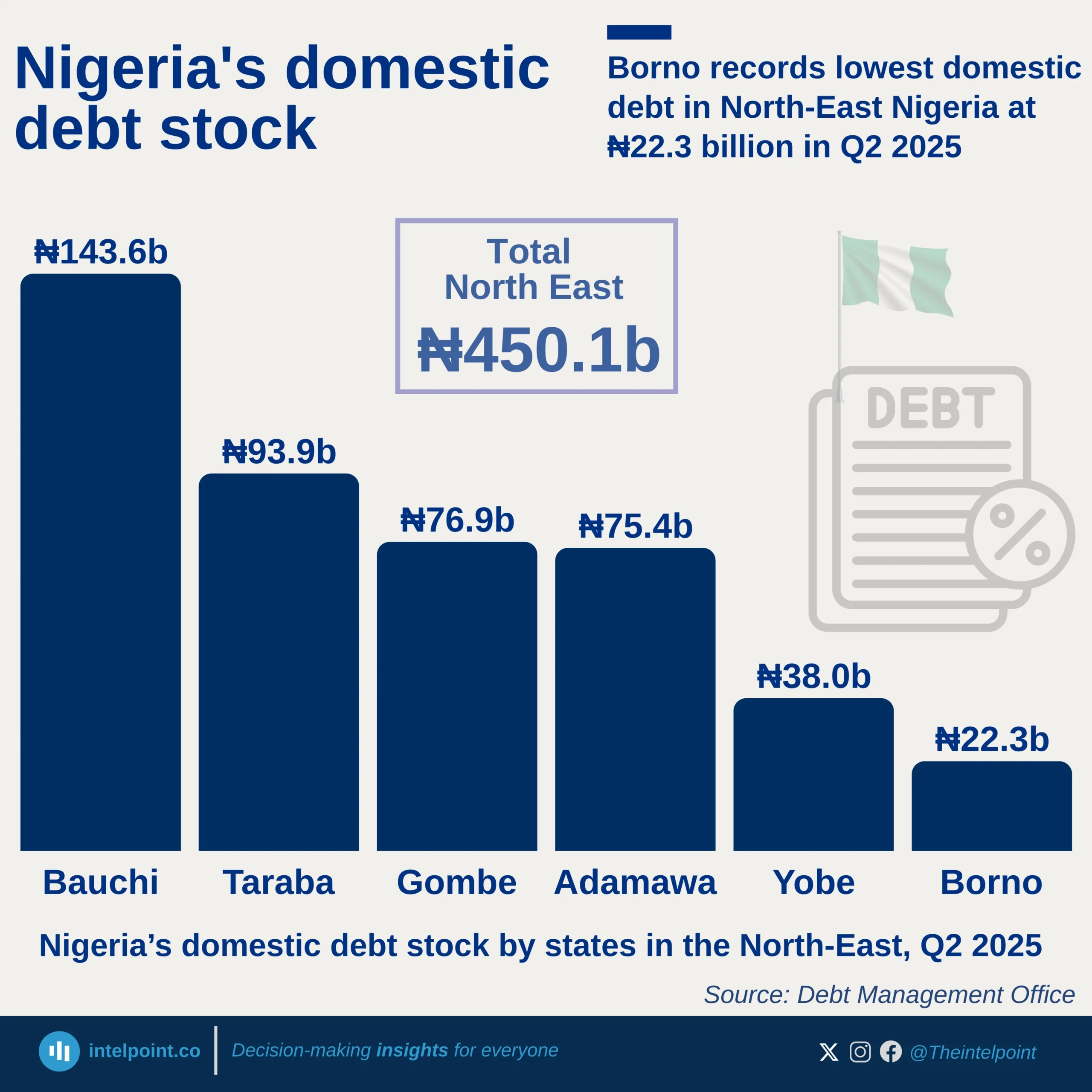Nigeria’s debt journey over the past 15 years paints a clear picture of persistent fiscal strain. From just ₦3.8 trillion in 2010, domestic borrowing has ballooned to over ₦80 trillion, fueled by budget deficits, falling oil revenues, and rising governance costs. External debt has also expanded steadily, from $4.27 billion to nearly $47 billion as Nigeria sought foreign funding to stabilise its economy. This consistent upward trend underscores a growing dependence on debt to finance national expenditure, making debt management and revenue growth more critical than ever.
